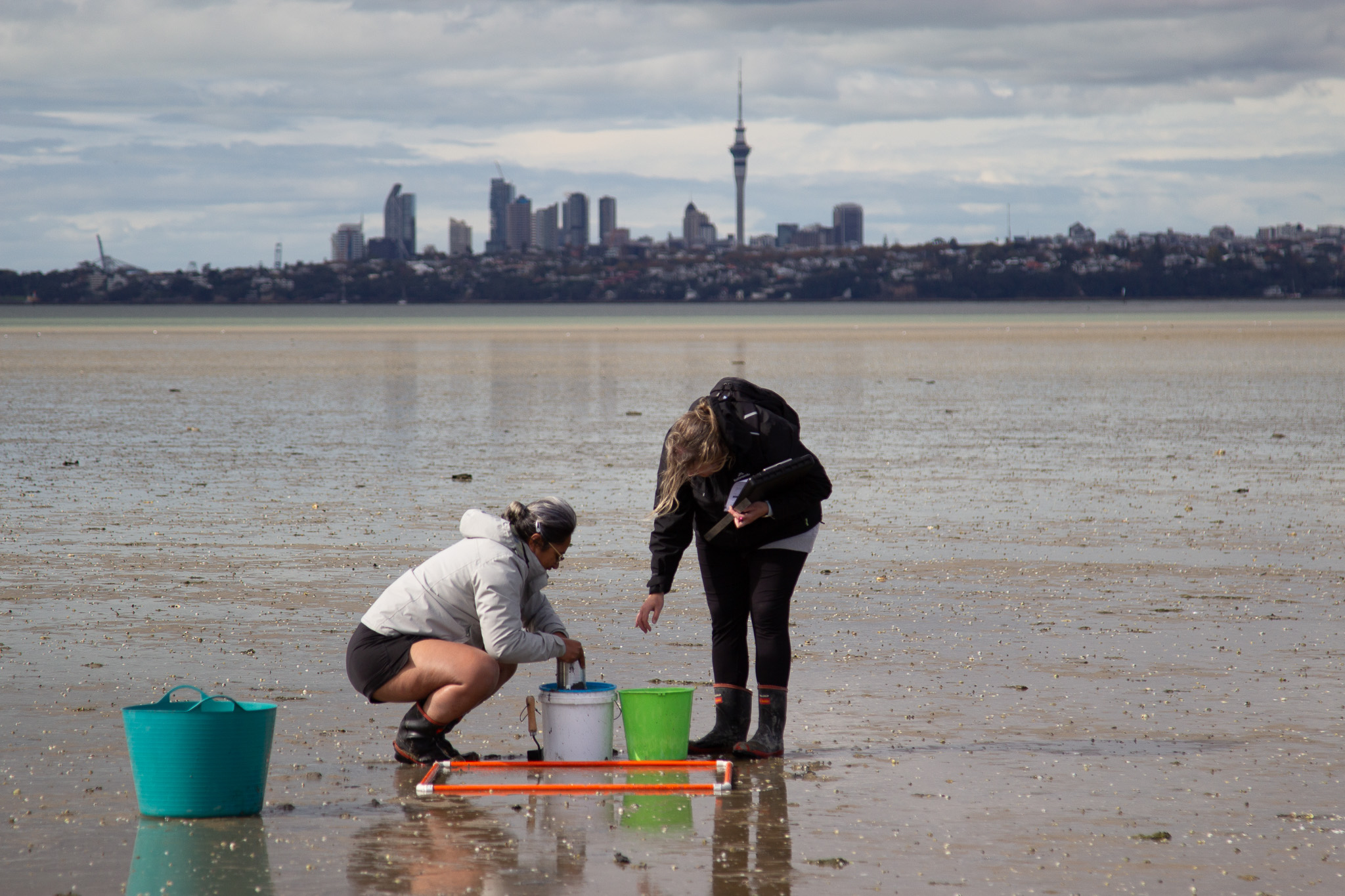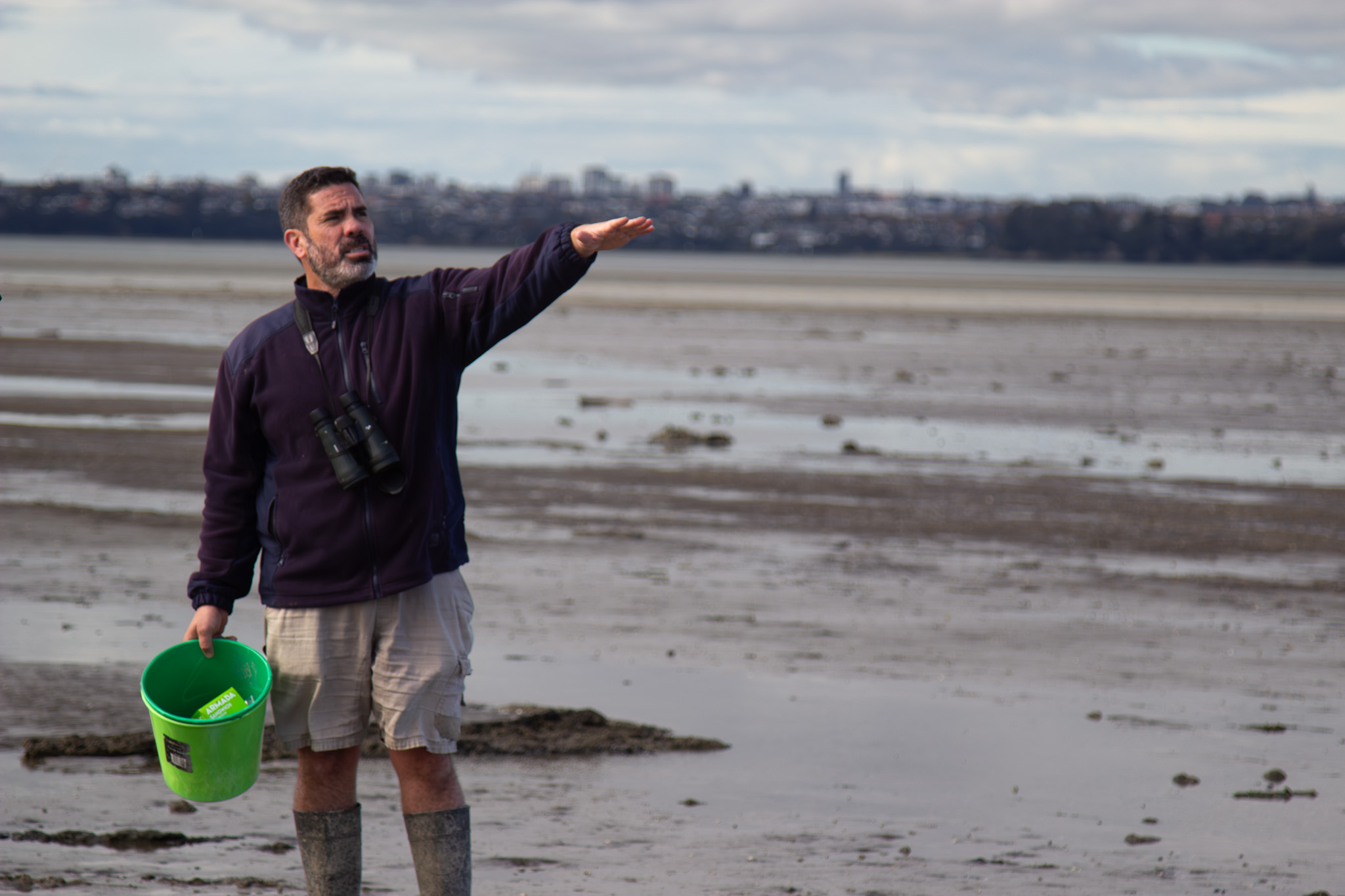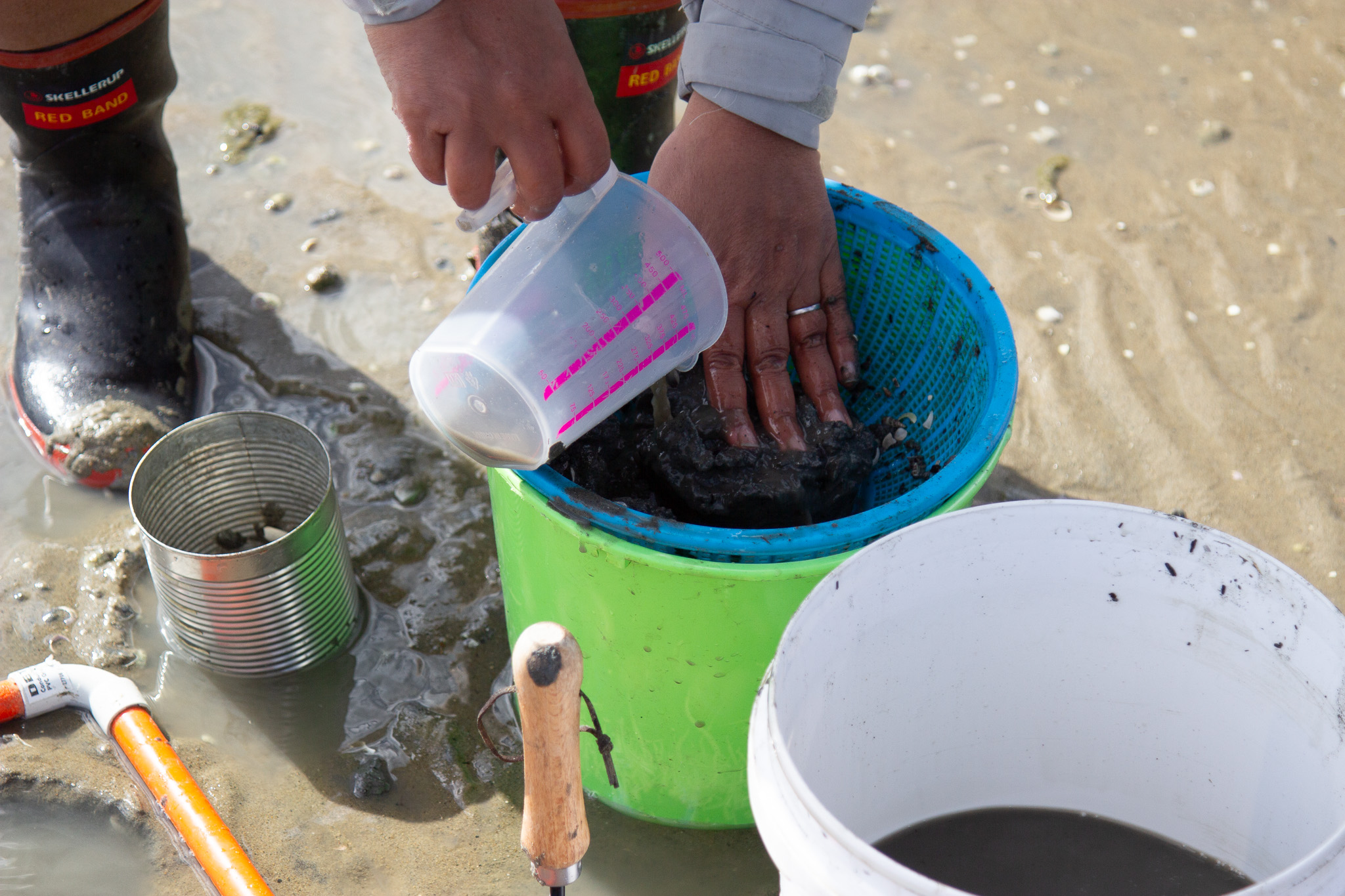News
Published 24 September 2024Video: Dion, Amber and Jane on place-based education
For phase one of the Science Teaching Leadership Programme, Amber Aratema and Jane Thomas were hosted by ecologist Dion Pou from Te Atatū Marae Whānau Community. They worked on restoration projects at Te Atatū Peninsula, peering closer into the taiao around them.
Te Atatū Peninsula is home to native birds such as dotterel, pūkeko, and tōrea, as well as shellfish, mangroves, wetlands, and a rare shell beach.
Dion says that the work he, Amber, and Jane undertook is different from what some might expect ecologists to do: “It's place-based, and it's about connections at place.”
“The kaupapa is about knowing our community, who they are, and what they're doing through the landscape and the environment… the backbone of that kaupapa is our kids.”
Dion says that STLP “fell out of heaven” for him and Te Atatū marae, as they had been trying to find ways to connect with local schools. “It's happening in a way that we could never have anticipated.”

Jane says that the work she and Amber did during their placement with Dion included monitoring water quality, tracking and trapping pests, and discovering the species that live in the peninsula's ecosystem. She says she is excited to develop her kete of place-based learning to share with other teachers at her school, her students and her wider community.
For Amber, this placement is particularly close to her, as she teaches at Te Atatū Intermediate, located just up the road from the reserve.
She says that her biggest takeaway from her time with Dion has been learning about whakapapa o te wai—the interconnectedness of water to everything in life.

Amber says that it is important for her students to connect to place and to ensure that their learning is authentic and contextual: “Hopefully, that will then make them want to care for their environment and act as kaitiaki to protect it and help restore it for the future.”
She says that her placement with Dion has enabled her to connect with a local network of conservation groups. She plans to stay connected with these groups to support the school's science programme.

As science leaders at their schools, Amber and Jane will work to integrate science into teaching across their kura. They will conduct science reviews with the entire school community to establish a shared vision for science education.
Dion says his advice for prospective STLP hosts is to consider how they can bring their science to the teachers rather than how to bring the teachers into their science. “He aha te mea nui o te ao? He tamariki, he tamariki, he tamariki. Tamariki are so important. What are we going to do for them? How are you going to bring your science to them in a meaningful way?”
